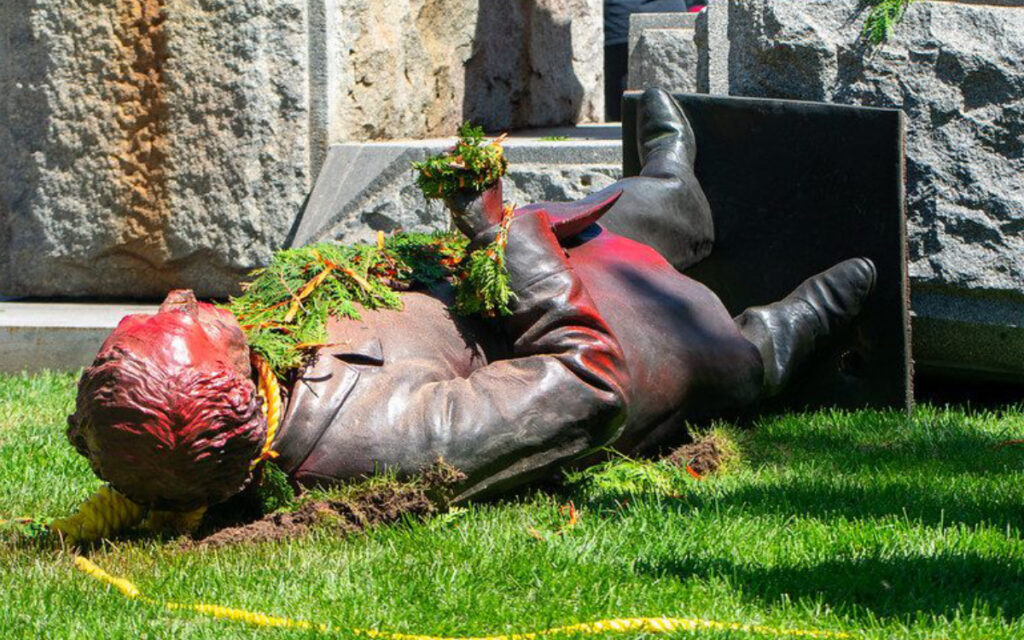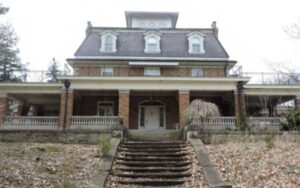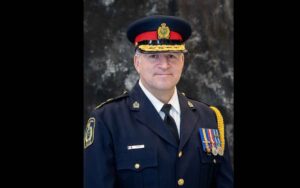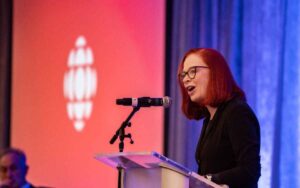
The truth only prevails if people want it, find it, and tell it. Pictured: Toppled and vandalized statue of Sir John A. Macdonald. Photo Credit: Joey Coleman via Flickr (Attribution-ShareAlike 2.0 Generic (CC BY-SA 2.0)).
The Truth and Reconciliation Commission Report that inspired Orange Shirt Day was a worthy endeavor with substantial flaws. Some would say the same for residential schools themselves, and their perspective is not as far off as some would lead you to believe.
Six years after the TRC Report was released in 2015, the Frontier Centre for Public Policy released an in-depth analysis on the document entitled, From Truth Comes Reconciliation. The authors found the conclusions following 3,500 pages of documentation aren’t adequately backed by the contents.
“Testimony that is favourable to the IRS [Indian Residential School] system … is provided in many volumes, but these testimonies and their significance are absent from the crucial Summary and Legacy volumes,” the authors found, replaced instead by “biased interpretations of the Commission’s findings.”
Unfortunately, the Report made “incendiary claims that go well beyond the actual evidence,” including allegations the schools were part of a national “cultural genocide” project and treated students as “subhuman.”
“[This] forces readers to wonder why the government of Canada signed treaties, established reserves, published dictionaries in Indigenous languages, [and] banned relatively few Indigenous traditions,” the authors wrote.
“The testimony of former IRS staff and students and the friendships that grew between many Indigenous and non-Indigenous people, also contradict this unfortunate statement,” they add.
In places, the TRC Report acknowledges the good intentions the government and church officials had in educating the Indigenous and that many of the Indigenous themselves believed such education was essential for their children.
“If the TRC commissioners truly wished to bring about reconciliation, they could have easily highlighted in their Summary volume a few positive facts that are mentioned in the full Report,” the authors insist. After all, about 40 per cent of the 143 residential schools had Indigenous names, leaving allegations of cultural genocide in serious doubt.
Politics also subverted truth-finding and telling in the testimony of 40 “honourary” witnesses. None of them had any personal exposure to residential schools, and some weren’t even Canadian. All, however, were “advocates with a clear agenda,” the book alleges. They honoured the former students and condemned anyone responsible for educating them and blamed Canada for the schools’ existence.
“Honourary witnesses should never have been appointed if the Commission was serious about finding the ‘truth’,” the authors say. They also found the Commission made little to no effort to scrutinize or verify claims by actual former students, including allegations of physical abuse.
Regardless, media reports put supporters of the Report in a positive light and labeled its critics as colonialists and racists. When retired professors Rodney Clifton and Hymie Rubenstein pointed out half-truths and exaggerations of the Report in a 2015 National Post article, 1,300 professors and academics signed a petition to silence them.
In 2017, Conservative Senator Lynn Beyak said, “kindly and well-intentioned men and women” who worked at residential schools were unduly smeared due to “negative reports” and “horrible mistakes” elsewhere in the system. Although the TRC Report documented such people as Beyak defended, one MP compared her comments to defending the Holocaust.
The book rightly argues that if reconciliation is the goal, demonizing and canceling people with differing interpretations is no way to do it.
Shortly after the book was released, anomalies in ground-penetrating radar at the site of the former Kamloops Indian Residential School was said to suggest 215 graves. In the wake of this announcement, statues and street names that honoured Canada’s founding prime minister were removed across Canada.
It is a dubious idea that canceling and condemning the founder of Canada fosters reconciliation between Canadians and the Indigenous. The Indigenous have also been Canadians for decades. Cancelling Canada leaves it a big nothing–the very “cultural genocide” that advocates claim to be against.
Even now, on lawns across Canada, orange signs read, “And a small voice whispers, they found us.” Yet, no one has been found, despite $7.9 million being spent to do so.
The Department of Crown-Indigenous Relations acknowledged the expenditure last May but directed media inquiries on details to the Tk’emlups te Secwepemec First Nation. The band said they were focused on scientific work and gave no specifics.
Emma Baker, a former resident of the Kamloops school in the 1950s, said, “There was a big orchard there and we used to make up stories of the graveyard being in the orchard…There was rumours of a graveyard, but nobody seemed to know where it was and we didn’t know if it was true.”
We still don’t. What we do know is a septic field was laid down in 1924 that included 200 linear feet of trenches in what later became the apple orchard. The east-west orientation of these trenches matches what ground penetrating radar found in 2021. So much for clandestine graves.
There is a large difference between dubious assertions to fit a narrative and an earnest and honest inquiry to face the truth and move forward together. Unfortunately, the last 10 years have seen more of the former than the latter. The truth only prevails if people want it, find it, and tell it.




















